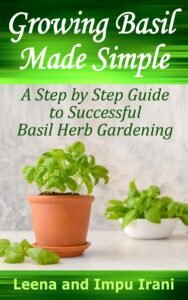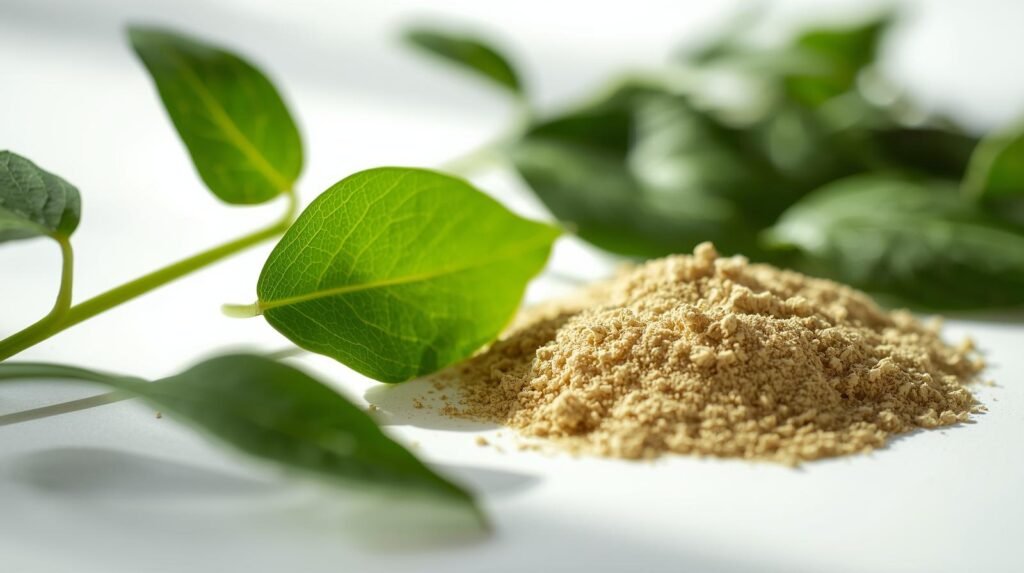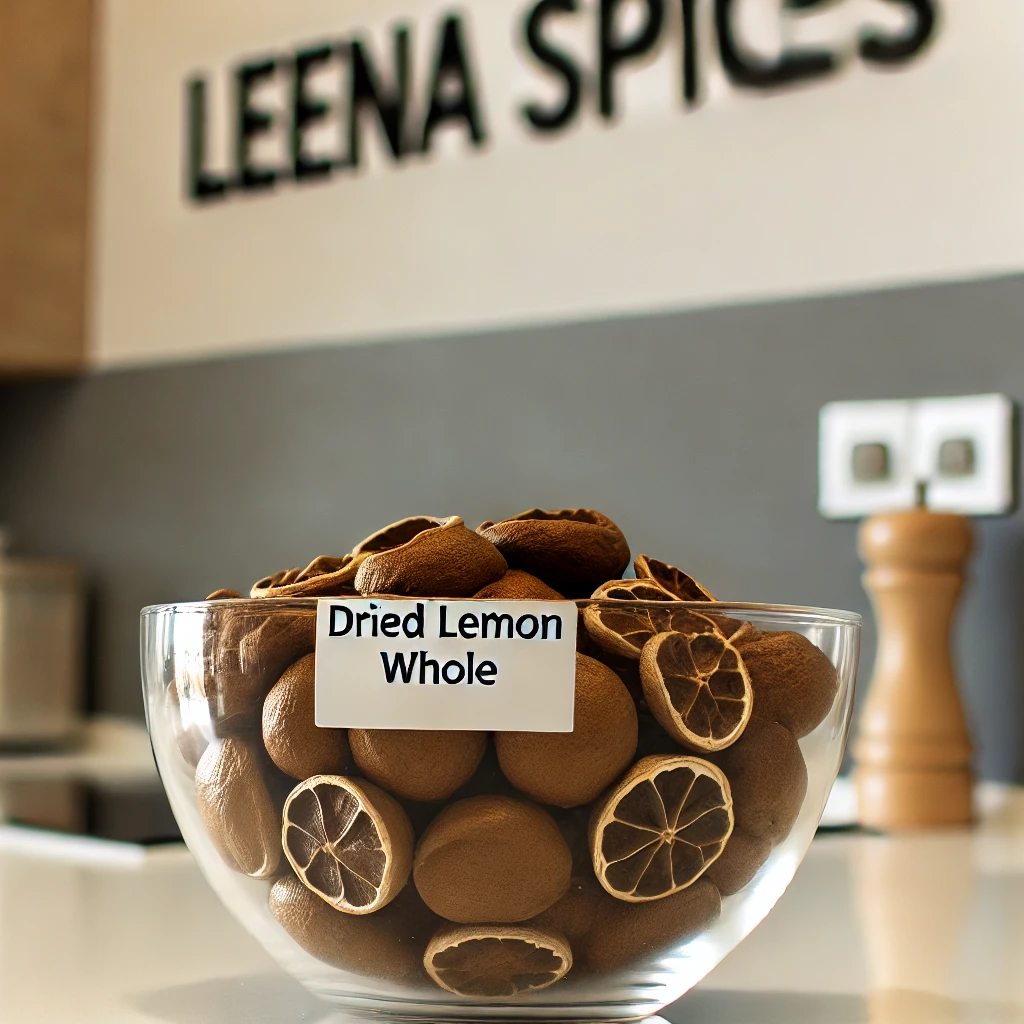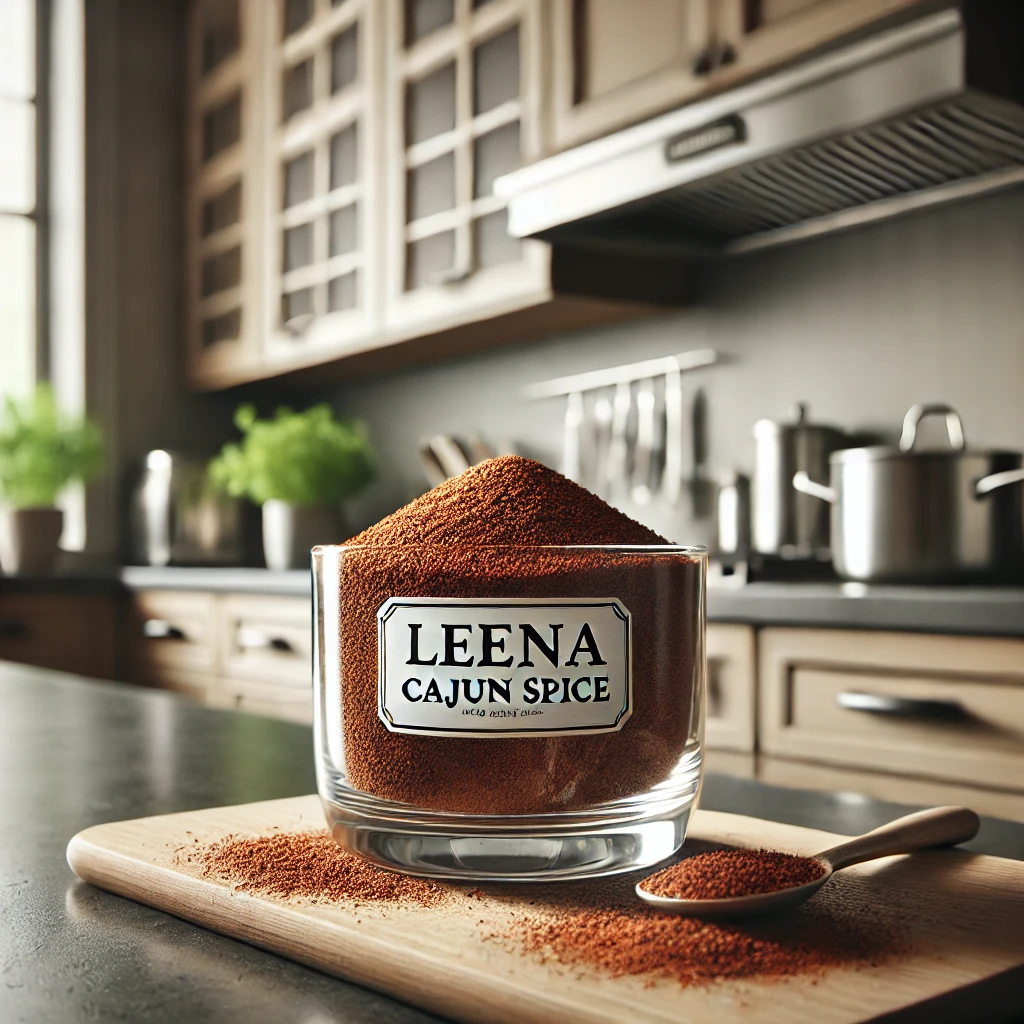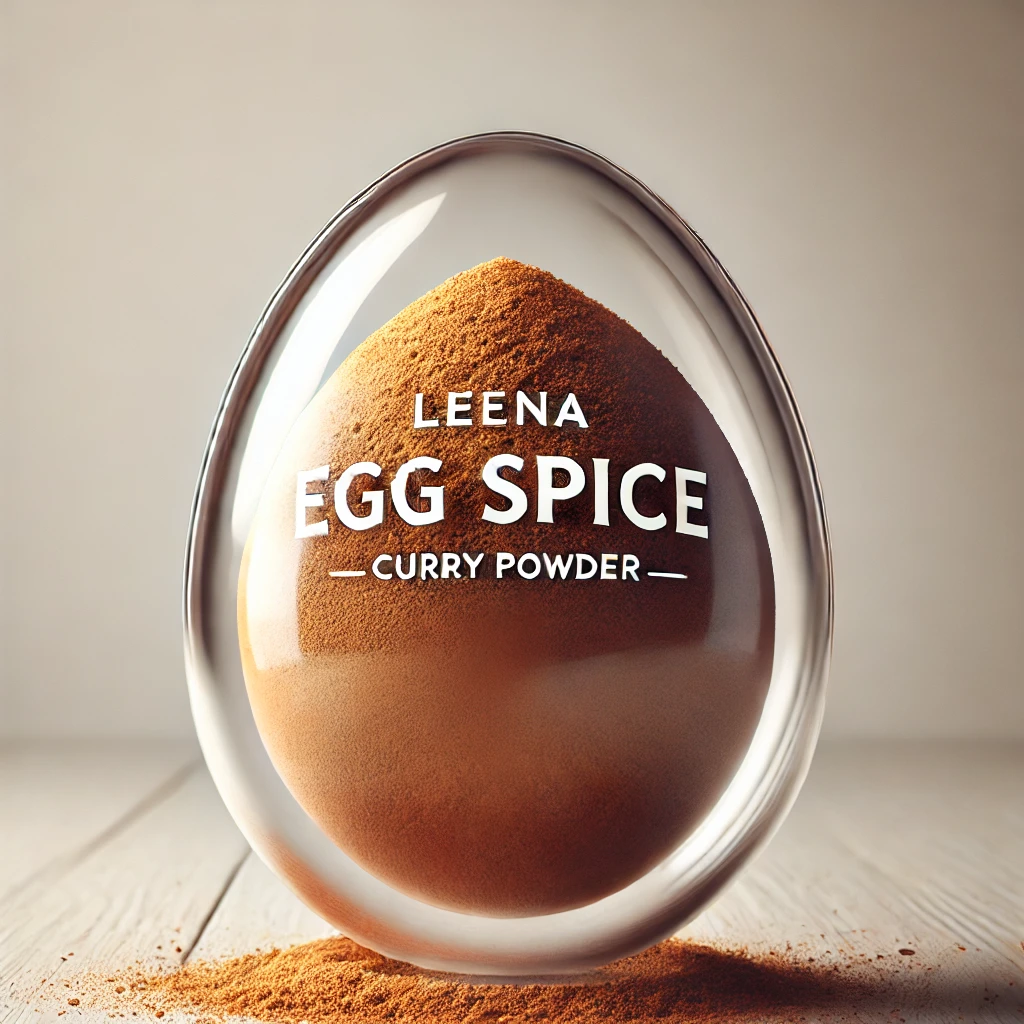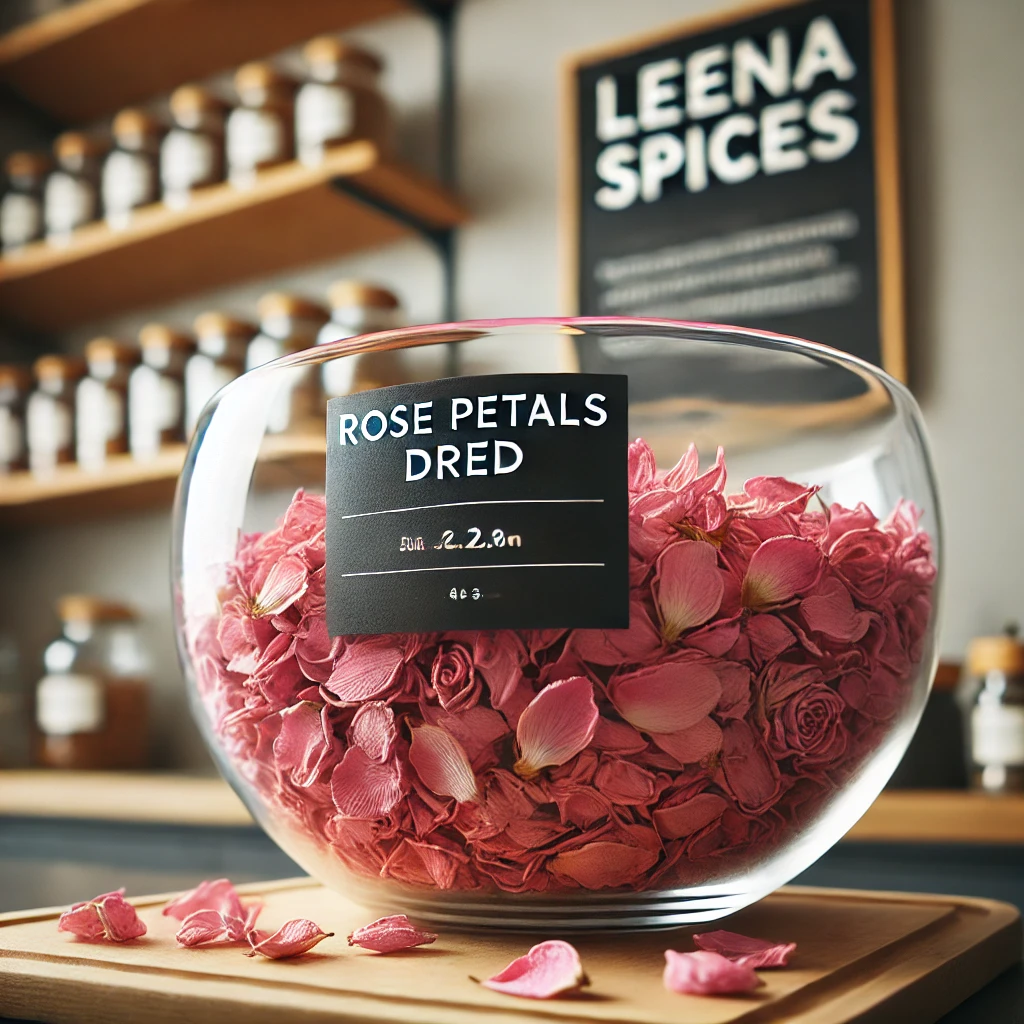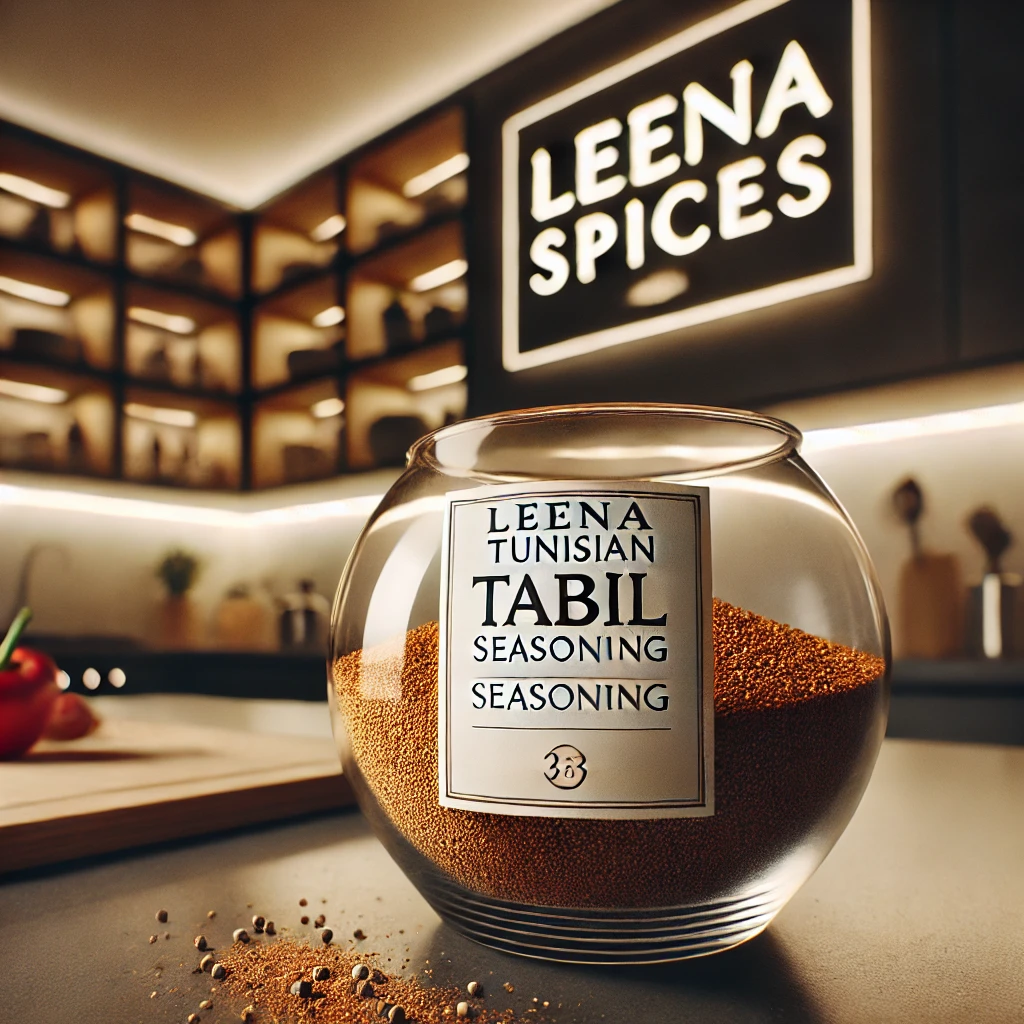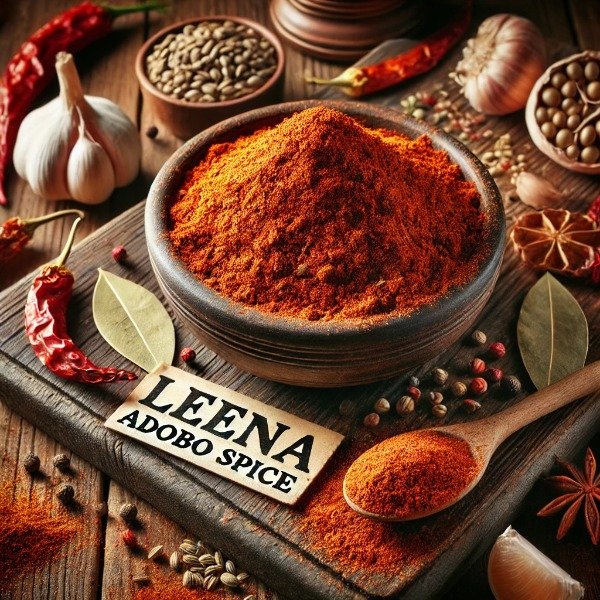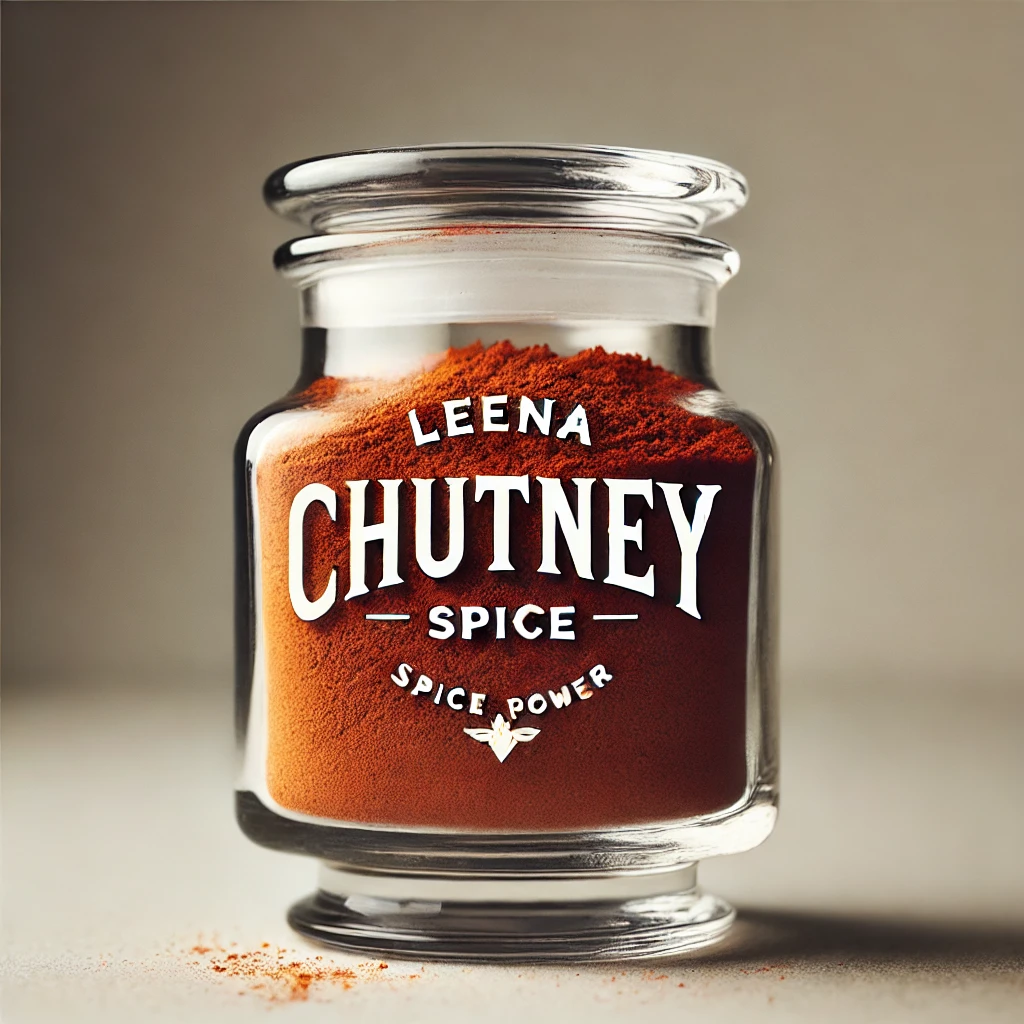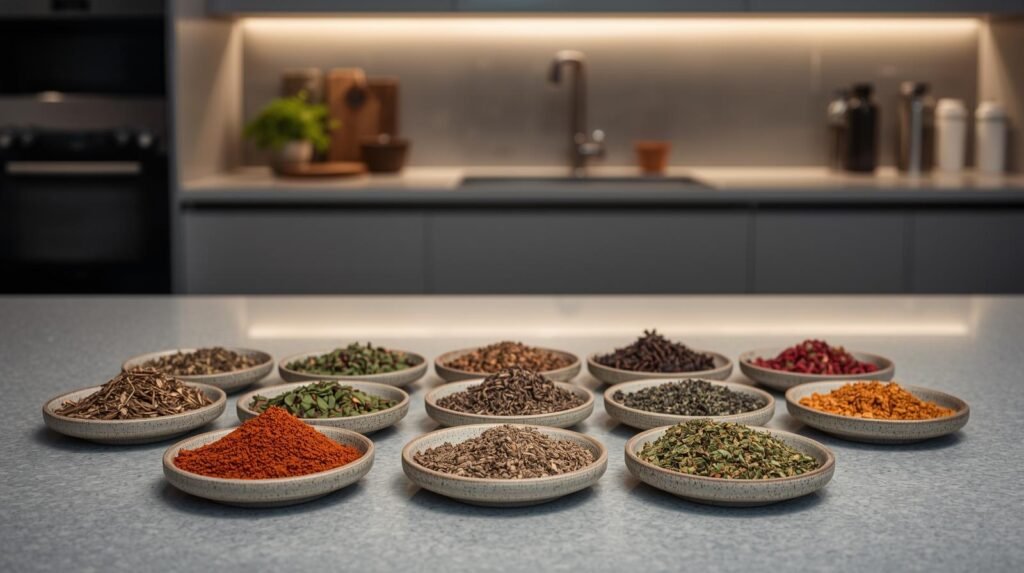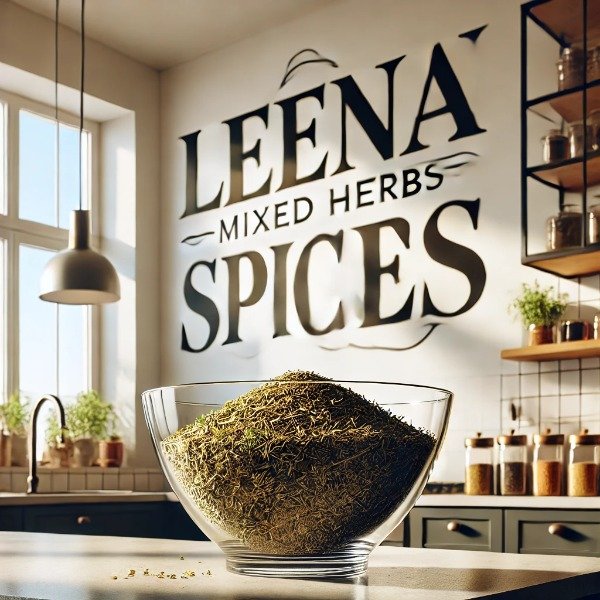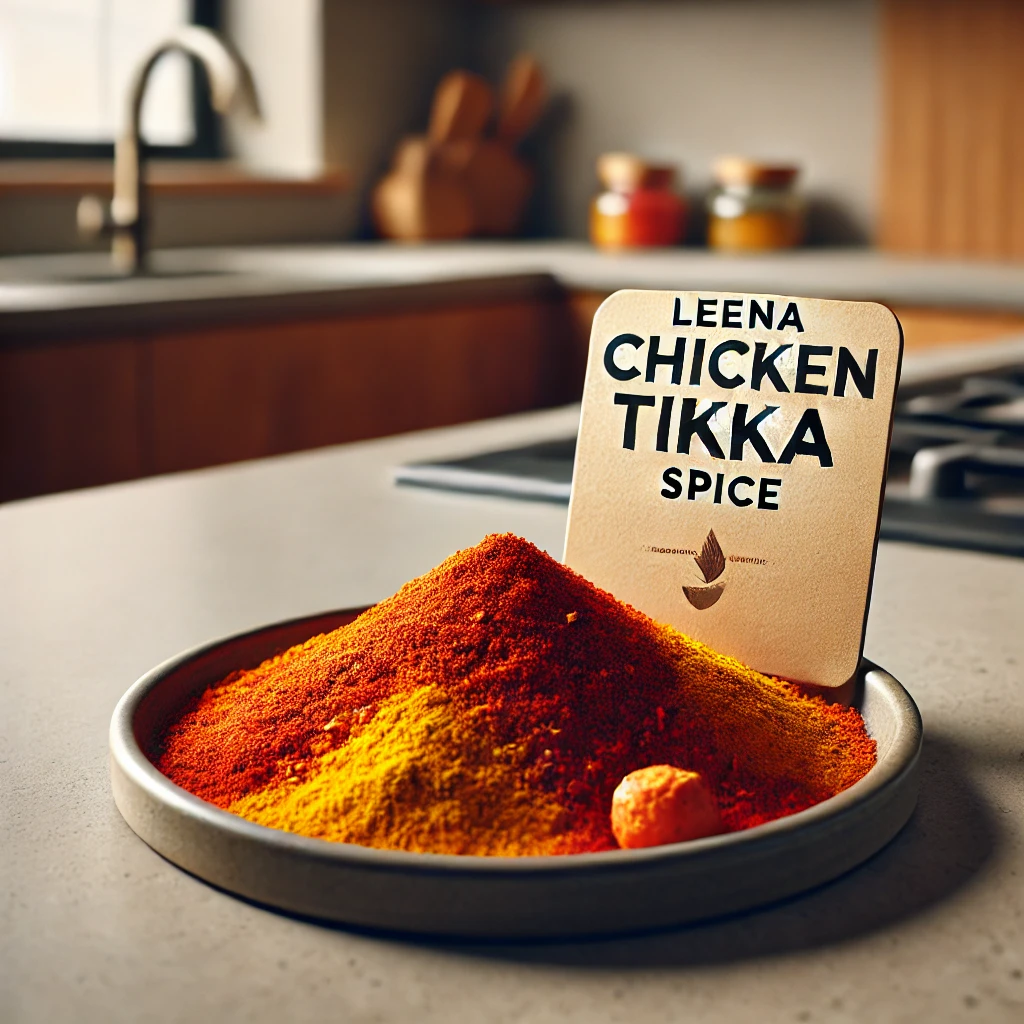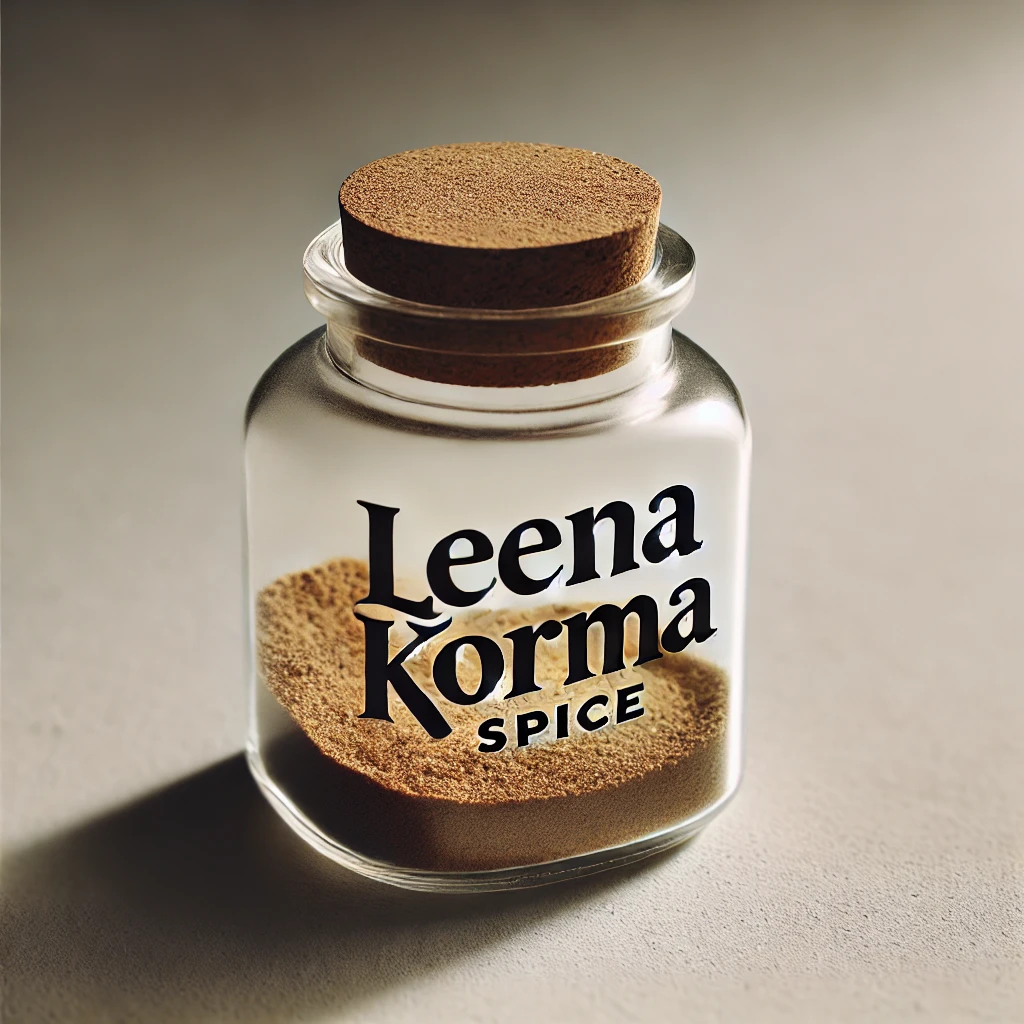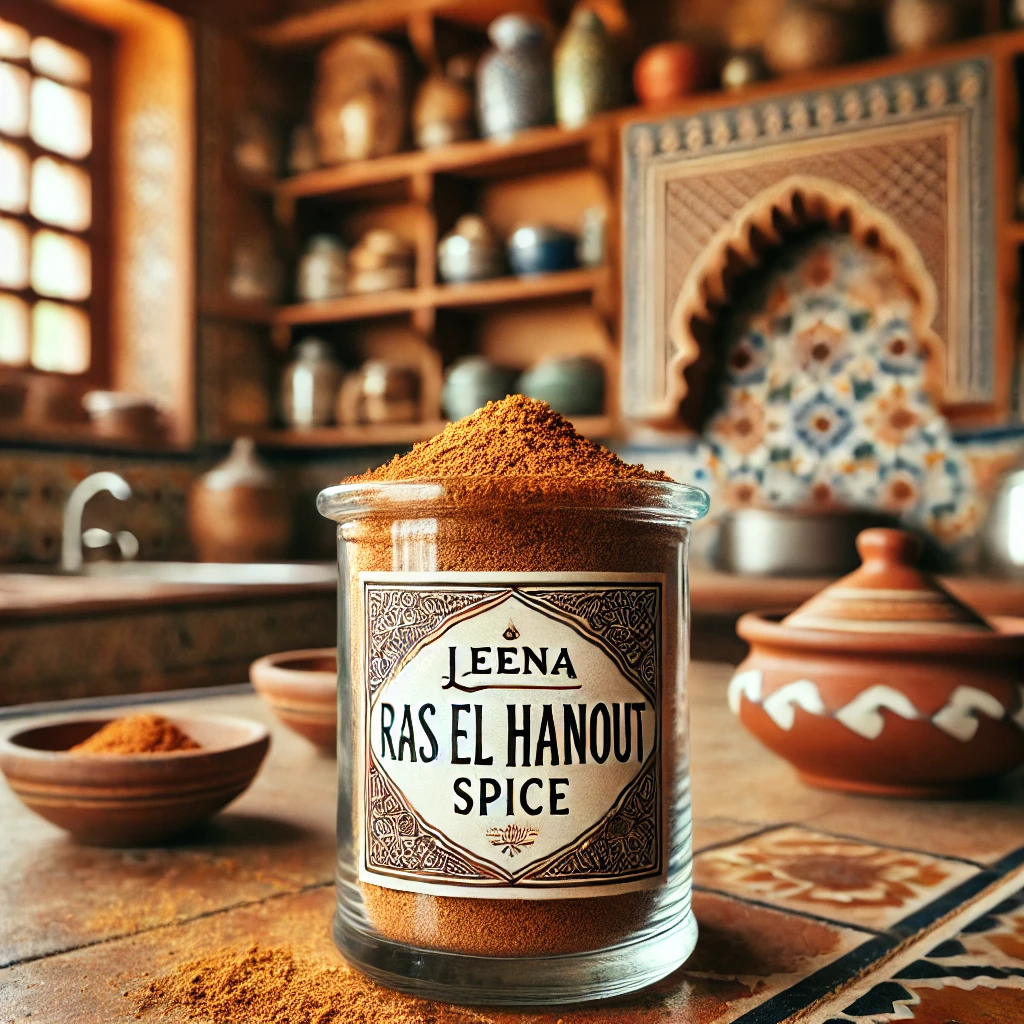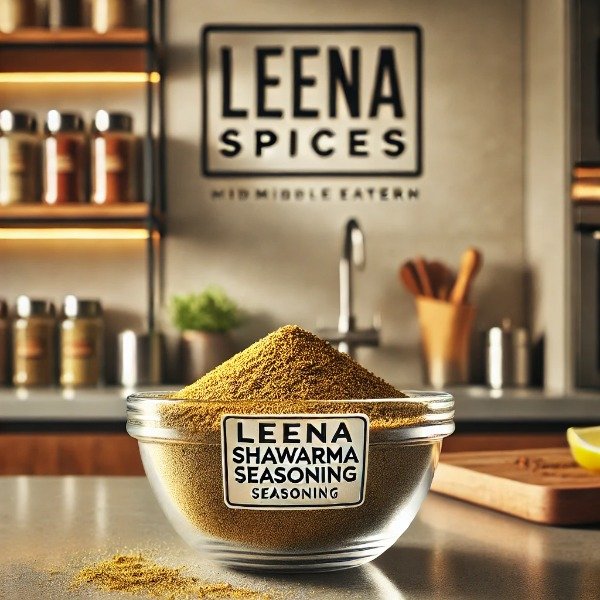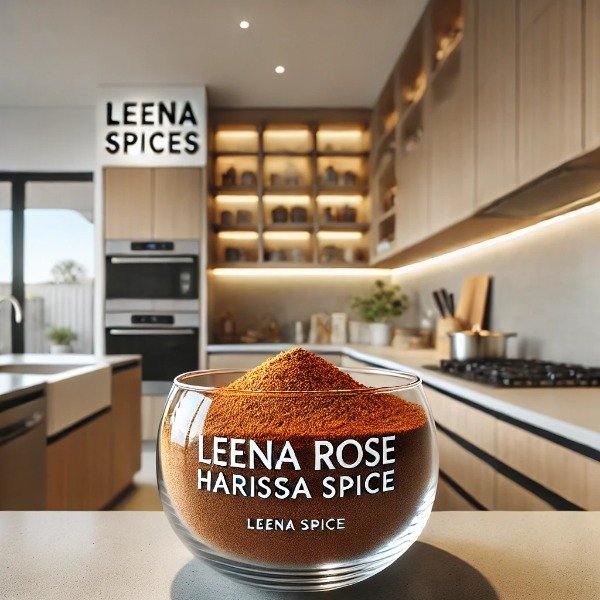How to Grow, Harvest, Dry, and Freeze Red Capsicum Bell Pepper
- Introduction
- Growing Red Capsicum Bell Peppers
- What Is the Best Time to Plant Red Bell Pepper Seeds?
- What Soil and Conditions Are Best for Growing Red Bell Peppers?
- How Long Does It Take for Red Bell Peppers to Grow?
- How Much Water Do Bell Pepper Plants Need?
- What Are the Best Companion Plants for Red Bell Peppers?
- How Can I Prevent Pests and Diseases in Bell Pepper Plants?
- Choosing the Right Variety
- Harvesting Red Capsicum Bell Peppers
- When Is the Best Time to Harvest Red Bell Peppers?
- Can I Harvest Green Bell Peppers and Let Them Ripen to Red?
- How Do I Know If My Red Bell Peppers Are Ripe?
- How Often Should I Harvest Bell Peppers to Encourage More Growth?
- Drying Red Capsicum Bell Peppers
- How Do I Dry Red Bell Peppers at Home?
- Can I Dry Red Bell Peppers in an Oven?
- How Do I Store Dried Red Bell Peppers?
- Do I Need to Blanch Red Bell Peppers Before Drying?
- What Are the Best Uses for Dried Red Bell Peppers?
- Freezing Red Capsicum Bell Peppers
- How Do I Prepare Red Bell Peppers for Freezing?
- Should I Blanch Red Bell Peppers Before Freezing?
- Can I Freeze Whole Red Bell Peppers?
- How Long Can I Freeze Red Bell Peppers?
- Can I Use Frozen Red Bell Peppers Without Thawing?
- What Are the Pros and Cons of Freezing Red Capsicum Bell Peppers?
- Freezing Techniques for Red Capsicum Bell Peppers
- Raw Freezing
- Blanched Freezing
- Roasted Freezing
- Tips for Successful Freezing
- Growth Timeline Chart
- Troubleshooting Common Issues
- Recipes Using Red Capsicum Bell Peppers
- Conclusion
- FAQ
Introduction
Red capsicum bell peppers (Capsicum annuum), also known as sweet peppers or shimla mirch, are a vibrant, nutrient-packed addition to any garden or kitchen. Rich in vitamins C and A, these versatile fruits shine in global cuisines, from Indian curries to Mexican salsas and Mediterranean dips. Whether you’re a balcony gardener in Sydney, a backyard grower in Auckland, or a home cook in London, growing, harvesting, drying, and freezing red bell peppers at home is rewarding and achievable. This comprehensive guide, updated for 2025, answers 20 frequently searched questions, offering practical, step-by-step advice for gardeners and cooks worldwide. From planting seeds to preserving your harvest, we cover everything you need to succeed, with tips tailored for diverse climates like Australia’s outback, New Zealand’s temperate fields, or India’s tropical gardens. Dive in to learn how to cultivate and preserve red bell peppers for year-round enjoyment!

Growing Red Capsicum Bell Peppers
Growing red capsicum bell peppers requires careful attention to timing, soil, water, and pest management. Whether you’re in temperate Canada or tropical South India, these tips ensure thriving plants and sweet, juicy peppers. Below, we address common questions and provide detailed guidance for success.
What Is the Best Time to Plant Red Bell Pepper Seeds?
Timing your planting is critical for healthy pepper plants. The best time to plant red bell pepper seeds is 8-10 weeks before the last spring frost in temperate regions, typically mid-February to April in places like the UK or North America. In tropical climates like South India or Australia, you can sow year-round, with spring (September-October) or monsoon seasons ideal for robust growth. Start seeds indoors at 65-70°F (18-21°C) using a propagator or covered pots to ensure germination in 2-4 weeks. In New Zealand, plant in spring (September-October) for January-February harvests. Transplant seedlings outdoors when soil temperatures reach 60°F (15°C) and frost risk is gone. For example, Auckland gardeners often start seeds in August for summer crops, while Mumbai growers can plant anytime with consistent warmth. Use seed-starting mix and keep soil moist but not waterlogged to boost germination rates.
What Soil and Conditions Are Best for Growing Red Bell Peppers?
- Healthy soil and optimal conditions are the foundation of a bountiful crop. The best soil for growing red bell peppers is well-draining, loamy soil with a pH of 6.0-6.8, enriched with organic matter like compost or aged manure. Test soil pH with a home kit, especially in regions with acidic soils like parts of India’s Kerala.
Peppers need full sun (6-8 hours daily) and warm temperatures (70-85°F/21-29°C). In high-altitude deserts (e.g., 4,000 ft elevation), add mulch like straw or bark to retain moisture, as peppers may develop thinner walls in dry conditions. For container gardening, use 12-inch pots with drainage holes, ideal for urban gardeners in Sydney or London. Avoid planting where nightshades (tomatoes, eggplants, potatoes) grew in the past 3 years to prevent soil-borne diseases like verticillium wilt. Add a balanced fertilizer (e.g., 10-10-10) at planting and during fruiting to boost yields for varieties like ‘California Wonder’ or ‘Red Beauty.’
How Long Does It Take for Red Bell Peppers to Grow?
Patience is key for sweet, red peppers. Red bell peppers take 70-90 days to grow from transplanting seedlings to full red ripeness, or 90-120 days from seed, including 6-8 weeks for seedling development. Green peppers can be harvested earlier (60-75 days post-transplant), but waiting for red ripeness enhances sweetness and vitamin C content. Fast-maturing varieties like ‘Ace’ (65 days) suit cooler climates like Canada, while larger-fruited ‘Red Beauty’ (80 days) thrives in tropical areas like South India. Warm weather, consistent watering, and fertile soil can speed growth. For example, a Bangalore gardener might see red peppers in 70 days with optimal care, while a UK grower may need 90 days due to cooler summers. Check seed packets for specific variety timelines and prune lower leaves to improve air circulation and hasten fruiting.
How Much Water Do Bell Pepper Plants Need?
Proper watering ensures robust plants and prevents issues. Bell pepper plants need 1-2 inches of water per week, delivered through deep watering that allows soil to dry slightly between sessions to avoid blossom-end rot, a calcium deficiency triggered by inconsistent moisture. In hot climates like Australia’s outback, daily watering may be necessary during summer peaks, especially for container plants. Drip irrigation or soaker hoses are efficient, particularly for large gardens in New Zealand’s Canterbury plains. Avoid overhead watering to reduce fungal risks like powdery mildew, common in humid regions like South India. Mulch with straw or compost retains moisture, crucial in dry areas. Overwatering can cause root rot, so check soil with your finger—if it’s dry 1 inch down, water. For balcony growers in Mumbai, ensure pots have drainage holes to prevent waterlogging, and water early in the morning for best absorption.
What Are the Best Companion Plants for Red Bell Peppers?
Companion planting enhances yields and reduces pests. The best companion plants for red bell peppers include cucumbers, lettuce, and radishes, which don’t compete for root space and provide shade to keep soil cool. Herbs like basil or marigolds deter pests such as aphids, a common issue in UK gardens. In Indian plots, pairing with coriander enhances pest resistance and adds culinary value. Avoid nightshades (tomatoes, potatoes, eggplants) to reduce disease risks like blight, which can spread in humid climates. Dwarf varieties like ‘Mohawk’ pair well with compact companions like spinach in small spaces, such as Sydney balconies. For example, planting marigolds around peppers in Auckland gardens can reduce aphid infestations by 20-30%, according to gardening forums, boosting yields naturally. Space companions 12-18 inches from peppers to avoid overcrowding.
How Can I Prevent Pests and Diseases in Bell Pepper Plants?
Choosing the Right Variety
Selecting the right red bell pepper variety ensures success in your climate. ‘Ace’ (65 days to maturity) is ideal for cooler regions like Canada or the UK, producing smaller but reliable fruits. ‘California Wonder’ (75 days) offers medium-sized, thick-walled peppers perfect for stuffing in New Zealand recipes. ‘Red Beauty’ (80 days) yields large, sweet fruits suited for tropical climates like Australia or India. For container gardening, try ‘Redskin’ or ‘Mohawk,’ compact varieties for balconies in Sydney or Mumbai. Check seed packets for disease resistance (e.g., to tobacco mosaic virus) and match to your growing season length. For instance, a Bangalore gardener might choose ‘Red Beauty’ for its heat tolerance, while a London grower opts for ‘Ace’ for faster harvests in shorter summers.
Harvesting Red Capsicum Bell Peppers
Harvesting at the right moment maximizes flavor and encourages more fruit. These tips guide you through picking red bell peppers for quality and yield, whether you’re in a tropical or temperate climate.
When Is the Best Time to Harvest Red Bell Peppers?
Timing enhances sweetness and nutrient content. The best time to harvest red bell peppers is when they’re fully red, glossy, firm, and heavy, typically 70-90 days after transplanting (August-October in the Northern Hemisphere, January-February in New Zealand). Use sharp pruners to cut the stem, leaving a 1-inch stub to extend shelf life. Harvest on a dry morning after dew has dried to prevent rot. In tropical climates like Australia, regular picking during warm months ensures continuous production. For example, a Melbourne gardener might harvest weekly in summer for consistent yields, storing peppers in a cool, dry place for up to 2 weeks. Avoid pulling peppers to prevent plant damage.
Can I Harvest Green Bell Peppers and Let Them Ripen to Red?
Harvesting offers flexibility. Yes, you can harvest green bell peppers and let them ripen to red off the plant. Place green peppers in a paper bag with an apple or banana to speed ripening via ethylene gas, taking about 6 days at room temperature. On-plant ripening produces sweeter, nutrient-rich peppers (higher vitamin C), but off-plant ripening is ideal if frost threatens or to boost plant productivity. This method suits cooler regions like Canada, where early frosts are common. Store ripening peppers in a sunny spot, a trick used by UK gardeners. For instance, a Toronto grower might harvest green peppers in September to ripen indoors before October frosts.
How Do I Know If My Red Bell Peppers Are Ripe?
Spotting ripeness is straightforward. Red bell peppers are ripe when they’re uniformly red, glossy, firm, and slightly heavy for their size (3-4 inches for varieties like ‘Red Beauty’). Check seed packets for expected size, as smaller varieties like ‘Redskin’ ripen faster. Soft or shriveled peppers are overripe and should be picked immediately to avoid rot. In India, vibrant color signals readiness for dishes like shimla mirch sabzi. A Sydney grower might test firmness by gently squeezing to confirm ripeness before cutting, ensuring peak flavor for grilling or roasting.
How Often Should I Harvest Bell Peppers to Encourage More Growth?
Regular harvesting drives production. Harvest bell peppers every few days as they reach desired ripeness (green or red) to stimulate more flowers and fruit, yielding 3-8 peppers per plant. In cooler climates like the UK, harvest green peppers earlier to maximize output before frost. Use pruners to avoid damaging plants, ensuring a steady supply for recipes like New Zealand’s stuffed capsicum or Mexican fajitas. For example, an Auckland gardener might pick twice weekly in summer, checking plants in the morning for firm, glossy peppers to encourage continuous fruiting.
Drying Red Capsicum Bell Peppers
Drying preserves red bell peppers for pantry storage, perfect for seasoning or cooking year-round. These methods suit various climates and setups, from rural India to urban London, ensuring long-lasting flavor.
How Do I Dry Red Bell Peppers at Home?
- Drying is accessible and versatile. To dry red bell peppers at home, wash, core, and slice into 1/4-inch strips, removing seeds and ribs. Air-dry in a warm, well-ventilated area for 1-2 weeks, ideal for thin-walled varieties like ‘Ace’ in dry climates like South India. Alternatively, use a food dehydrator at 125-135°F (52-57°C) for 8-12 hours until brittle. In sunny regions like Australia, string slices and hang in sunlight with good airflow, checking daily for mold. A Bangalore gardener might air-dry peppers on a rooftop, covering them at night to avoid humidity, while a UK urbanite uses a dehydrator for consistent results in small apartments.
Can I Dry Red Bell Peppers in an Oven?
Oven drying is practical for many households. Yes, you can dry red bell peppers in an oven at 140-175°F (60-79°C), the lowest setting possible. Slice peppers thinly, spread on a baking sheet, and dry for 6-10 hours, stirring every 2 hours for even drying. Keep the oven door slightly ajar for air circulation. Peppers are done when crisp and brittle. Cool completely before storing to prevent moisture buildup. This method suits urban gardeners in London or Auckland with limited outdoor space. For instance, a UK cook might dry peppers overnight to prepare for winter soups, checking for brittleness to ensure proper drying.
How Do I Store Dried Red Bell Peppers?
Proper storage maintains quality. Store dried red bell peppers in airtight containers like glass jars or vacuum-sealed bags in a cool, dark, dry place, lasting up to a year. Check for moisture or mold monthly, especially in humid climates like Australia’s coastal areas. Refrigerate or freeze for extended storage in tropical regions like India. Label with the date and variety (e.g., “Red Capsicum, July 2025”) to track freshness. A New Zealand gardener might use mason jars for pantry storage, shaking them weekly to check for clumping, which signals moisture issues.
Do I Need to Blanch Red Bell Peppers Before Drying?
Blanching improves quality but isn’t mandatory. Blanching red bell peppers before drying is optional but preserves color, nutrients, and texture. Blanch slices in boiling water for 2-3 minutes, then cool in an ice bath to stop cooking. This shortens drying time and enhances quality for thicker-walled peppers like ‘California Wonder.’ Skipping blanching works for quick dehydrator drying, common in New Zealand’s small gardens. A Mumbai grower might blanch to retain vibrant red for curry powders, while a UK gardener skips it for speed, accepting slight color fading.
What Are the Best Uses for Dried Red Bell Peppers?
Dried peppers are culinary powerhouses. The best uses for dried red bell peppers include rehydrating in warm water for 20-30 minutes for soups, stews, or casseroles, or grinding into powder for sweet, smoky seasoning. In Indian cuisine, add to masalas for curries; in Mexican dishes, enhance salsas or tacos. Use in spice blends for pizza or pasta in the UK. Store in airtight containers to maintain flavor. An Australian cook might grind dried peppers for a barbecue rub, adding depth to grilled meats, while a Canadian chef rehydrates them for hearty winter stews.
Freezing Red Capsicum Bell Peppers
Freezing is a quick, convenient way to preserve red bell peppers’ flavor and nutrients for year-round use in dishes like Indian sabzis, Mexican fajitas, or Mediterranean dips. Below, we answer common questions and detail techniques for home freezing.
How Do I Prepare Red Bell Peppers for Freezing?
Preparation ensures quality. To prepare red bell peppers for freezing, select ripe, firm, glossy peppers without blemishes for optimal flavor. Wash under cold water, pat dry, and remove the stem, seeds, and ribs with a sharp knife. Cut into strips for fajitas, dice for soups, or leave whole for stuffing. For best results, blanch slices for 2-3 minutes, cool in an ice bath, and dry thoroughly to prevent ice crystals. Flash freeze on a parchment-lined baking sheet for 1-2 hours, then pack into resealable freezer bags, removing air to avoid freezer burn. A New Zealand gardener might dice peppers for quick winter soups, while a UK cook prepares strips for stir-fries, ensuring easy meal prep.
Should I Blanch Red Bell Peppers Before Freezing?
Blanching maximizes shelf life. Yes, blanching red bell peppers before freezing is recommended to preserve vibrant color, flavor, and nutrients like vitamin C for up to 12 months. Boil slices for 2-3 minutes, then cool in an ice bath to stop cooking. This reduces enzyme activity that degrades quality. Raw freezing is faster but may lead to flavor loss after 6-8 months. In humid climates like South India, blanching ensures peppers stay vibrant for curries. Use a slotted spoon for easy handling, a trick popular among Australian home cooks. For example, a Melbourne cook might blanch to maintain color for summer salads.
Can I Freeze Whole Red Bell Peppers?
- Whole peppers suit specific recipes. Yes, you can freeze whole red bell peppers, though they take more space. Wash, core, and remove seeds and ribs, then flash freeze on a baking sheet for 1-2 hours to prevent sticking. Store in resealable freezer bags, removing air. Whole peppers are ideal for stuffing, like New Zealand’s stuffed capsicum dishes. Chopped peppers save space and are more versatile for quick cooking in UK stews or Indian sabzis. A Sydney gardener with a small freezer might opt for diced peppers to maximize space, while a Canadian grower freezes whole peppers for winter recipes.
How Long Can I Freeze Red Bell Peppers?
Freezing offers long-term storage. Red bell peppers can be frozen for up to 12 months at 0°F (-18°C) if blanched, or 6-8 months if raw. Label bags with the date (e.g., “Red Capsicum, July 2025”) to track freshness. In areas with power fluctuations, like rural Australia, use within 6 months to avoid quality loss from temperature changes. Store in the coldest freezer section (back or bottom) for best results. A Canadian gardener might freeze blanched peppers for winter soups, ensuring a year-round supply, while a Mumbai cook uses them within 8 months for consistent flavor.
Can I Use Frozen Red Bell Peppers Without Thawing?
Frozen peppers are kitchen-friendly. Yes, you can use frozen red bell peppers without thawing by adding them directly to cooked dishes like stir-fries, soups, or sauces, preserving texture and saving time. This suits quick meals like shimla mirch curry in India or fajitas in Mexico. For softer textures in dips or spreads, thaw in the fridge for 4-6 hours. Avoid room-temperature thawing to prevent bacterial growth. A London cook might toss frozen peppers into a pasta sauce for instant flavor, while a New Zealand chef adds them to a summer stir-fry.
What Are the Pros and Cons of Freezing Red Capsicum Bell Peppers?
Freezing has distinct advantages and limitations. Pros of freezing red bell peppers include preserving nutrients (e.g., vitamin C, A) and flavor for up to 12 months, quick preparation with minimal equipment (just a freezer and bags), and versatility in cooked dishes like Indian curries or UK casseroles. It’s space-efficient for small households, requiring only resealable bags or containers. Cons include texture softening, making them unsuitable for raw salads, and the need for freezer space and reliable electricity, unlike drying, which suits pantry storage in humid India. Freezer burn is a risk if not sealed properly, and blanching adds a step. For New Zealand gardeners, freezing is ideal for summer harvests, while drying is better for long-term storage without power.
Freezing Techniques for Red Capsicum Bell Peppers
Freezing offers multiple methods to suit your needs. Below are three effective techniques for home freezing, each tailored for different culinary uses and time constraints.
Raw Freezing
This no-cook method is the fastest. Wash, core, and cut peppers into strips or dice, then flash freeze on a baking sheet for 1-2 hours to prevent clumping. Transfer to resealable freezer bags, removing air. Store for 6-8 months. Ideal for quick prep in small UK kitchens or for gardeners with limited time, like those in Auckland. For example, a London cook might freeze diced peppers for quick soups, accepting slight flavor loss over time.
Blanched Freezing
- Blanching ensures long-term quality. Blanch sliced peppers in boiling water for 2-3 minutes, cool in an ice bath, and dry thoroughly. Flash freeze for 1-2 hours, then store in vacuum-sealed bags for up to 12 months. Best for South Indian households wanting vibrant peppers for curries. A Melbourne gardener might blanch to maintain color for summer dishes, using a slotted spoon for easy handling.
Roasted Freezing
Roasting adds flavor. Roast whole peppers at 400°F (204°C) for 10-15 minutes until charred, peel, core, and cut. Flash freeze and store in bags for 10 months. Perfect for Australian barbecues or Mediterranean dips. A Sydney chef might roast peppers for a smoky salsa, drizzling with olive oil before freezing for extra flavor.
Tips for Successful Freezing
Freeze in 1-cup portions for easy use in recipes. – Use vacuum-sealed bags or double-bag to prevent freezer burn. – Store in the coldest freezer section, especially in areas with power fluctuations like rural India. – Label with preparation type (e.g., “Blanched Red Capsicum, July 2025”) for clarity.
Growth Timeline Chart
Planning your garden is easier with a clear timeline. The chart below compares days to maturity for popular red bell pepper varieties from transplanting, helping you choose the right variety for your climate.

Troubleshooting Common Issues
Even with careful planning, issues can arise. Below are common problems and solutions to keep your red bell pepper plants thriving:
- Yellowing Leaves: Often due to nutrient deficiency or overwatering. Test soil and add a balanced fertilizer (e.g., 10-10-10) or reduce watering. A Sydney gardener might adjust watering during rainy summers.
- Poor Fruit Set: Caused by high temperatures (>90°F/32°C) or insufficient pollination. Provide shade in India’s hot summers and hand-pollinate using a small brush. A Mumbai grower might pollinate flowers during humid monsoons.
- Blossom-End Rot: Results from inconsistent watering or calcium deficiency. Maintain steady watering and add calcium-rich amendments like crushed eggshells. A New Zealand gardener could mulch to stabilize soil moisture.
- Pest Damage: Aphids or spider mites can stunt growth. Spray neem oil weekly and use companion plants like marigolds. A UK gardener might use row covers to protect against early-season pests.
Recipes Using Red Capsicum Bell Peppers
Red bell peppers shine in global cuisines, whether fresh, dried, or frozen. Below are three recipes to inspire your harvest:
- Indian Shimla Mirch Curry: Sauté fresh or frozen diced red peppers with onions, tomatoes, and spices (cumin, turmeric, coriander) for a vibrant curry. Serve with rice or naan. A Bangalore cook might use frozen peppers for quick prep.
- New Zealand Stuffed Capsicum: Stuff whole fresh or frozen peppers with a mix of rice, minced meat, and herbs, then bake at 375°F (190°C) for 40 minutes. Ideal for Auckland family dinners.
- Mexican Salsa Roja: Blend rehydrated dried red peppers with tomatoes, garlic, and chili for a smoky salsa. Perfect for Sydney barbecues or taco nights.
Conclusion
Growing, harvesting, drying, and freezing red capsicum bell peppers at home transforms your garden into a year-round source of flavor and nutrition. From planting seeds in loamy soil to harvesting ripe red peppers, drying them for pantry storage, or freezing them for quick meals, these methods empower gardeners and cooks worldwide. Whether you’re in Australia’s sunny outback, New Zealand’s temperate fields, or India’s tropical gardens, this guide provides actionable steps for success. Experiment with varieties like ‘Ace’ or ‘Red Beauty,’ troubleshoot issues like blossom-end rot, and enjoy peppers in curries, salsas, or stuffed dishes. Start your pepper journey today and savor the fruits of your labor!
FAQ
Q: What is the best time to plant red bell pepper seeds?
A: Sow indoors 8-10 weeks before the last frost (February-April in temperate regions) or year-round in tropical climates.
Q: What soil is best for red bell peppers?
A: Well-draining, loamy soil with a pH of 6.0-6.8, enriched with compost.
Q: How long do red bell peppers take to grow?
A: 70-90 days from transplanting, or 90-120 days from seed.
Q: How much water do bell pepper plants need?
A: 1-2 inches per week, with deep watering and slight drying between.
Q: What are good companion plants for bell peppers?
A: Cucumbers, lettuce, radishes, or basil; avoid nightshades.
Q: How can I prevent pests and diseases?
A: Use neem oil, rotate crops, and maintain consistent watering.
Q: When should I harvest red bell peppers?
A: When fully red, glossy, and firm, 70-90 days after transplanting.
Q: Can green bell peppers ripen to red off the plant?
A: Yes, in a paper bag with an apple for about 6 days.
Q: How do I know if red bell peppers are ripe?
A: They’re red, glossy, firm, and heavy for their size.
Q: How often should I harvest to encourage growth?
A: Every few days when ripe to stimulate more fruiting.
Q: How do I dry red bell peppers at home?
A: Slice thinly, air-dry for 1-2 weeks, or use a dehydrator at 125-135°F for 8-12 hours.
Q: Can I dry red bell peppers in an oven?
A: Yes, at 140-175°F for 6-10 hours with the door ajar.
Q: How do I store dried red bell peppers?
A: In airtight containers in a cool, dark, dry place for up to a year.
Q: Do I need to blanch before drying?
A: Optional, but blanching for 2-3 minutes preserves color and nutrients.
Q: What are the best uses for dried red bell peppers?
A: Rehydrate for soups or grind into powder for seasoning.
Q: How do I prepare red bell peppers for freezing?
A: Wash, core, cut, blanch, flash freeze, and store in airtight bags.
Q: Should I blanch red bell peppers before freezing?
A: Recommended for 2-3 minutes to preserve quality for 12 months.
Q: Can I freeze whole red bell peppers?
A: Yes, core, flash freeze, and store in bags, ideal for stuffing.
Q: How long can I freeze red bell peppers?
A: Up to 12 months if blanched, 6-8 months if raw.
Q: Can I use frozen red bell peppers without thawing?
A: Yes, add directly to cooked dishes or thaw in the fridge for softer textures.

